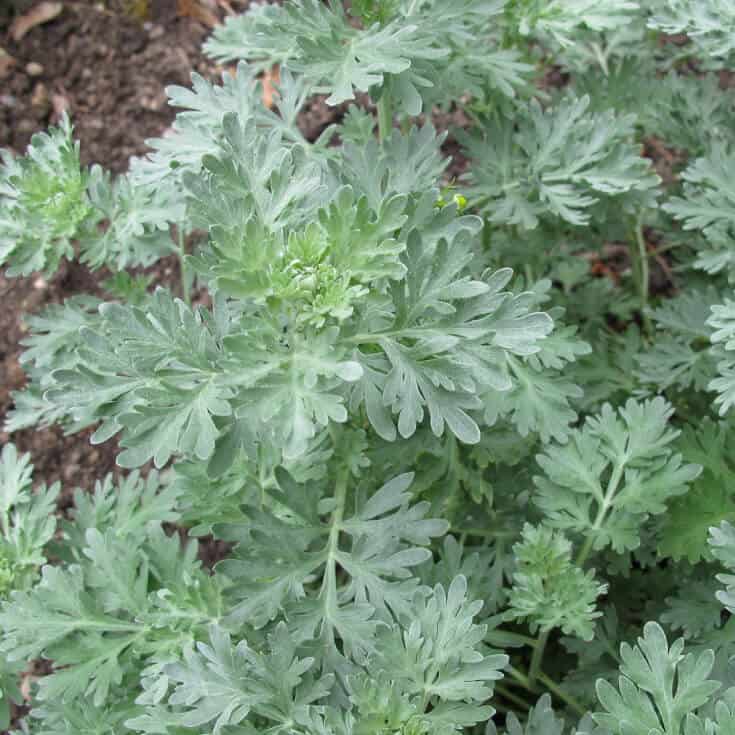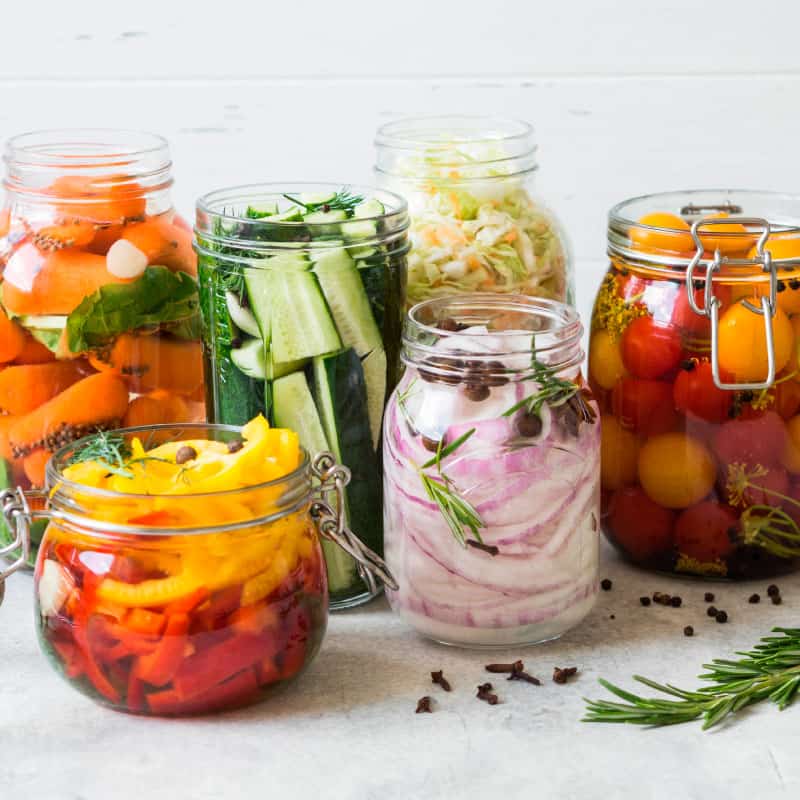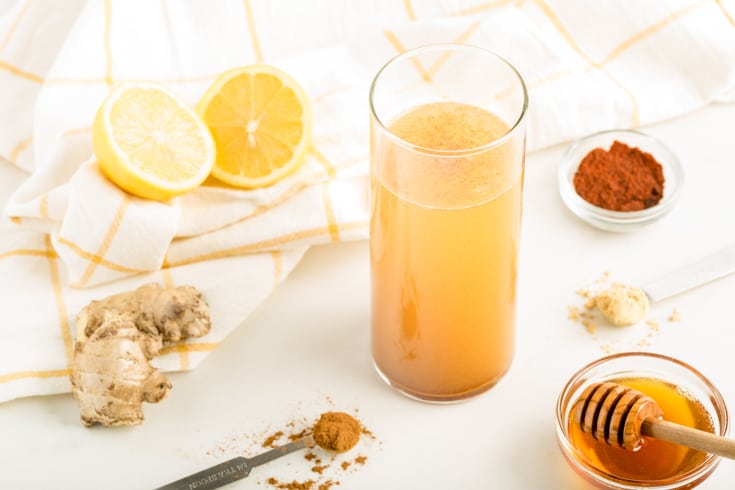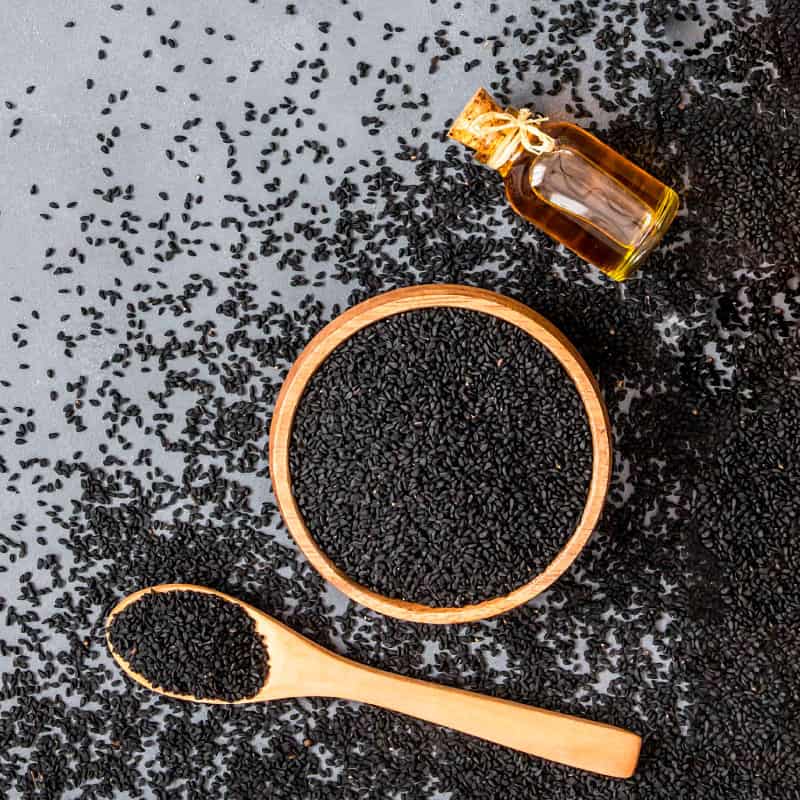This Dr. Axe content is medically reviewed or fact checked to ensure factually accurate information.
With strict editorial sourcing guidelines, we only link to academic research institutions, reputable media sites and, when research is available, medically peer-reviewed studies. Note that the numbers in parentheses (1, 2, etc.) are clickable links to these studies.
The information in our articles is NOT intended to replace a one-on-one relationship with a qualified health care professional and is not intended as medical advice.
This article is based on scientific evidence, written by experts and fact checked by our trained editorial staff. Note that the numbers in parentheses (1, 2, etc.) are clickable links to medically peer-reviewed studies.
Our team includes licensed nutritionists and dietitians, certified health education specialists, as well as certified strength and conditioning specialists, personal trainers and corrective exercise specialists. Our team aims to be not only thorough with its research, but also objective and unbiased.
The information in our articles is NOT intended to replace a one-on-one relationship with a qualified health care professional and is not intended as medical advice.
What Are Hunger Pangs? Causes and How to Stop Them
August 7, 2024

It happens to all of us: There are just some days when no matter what and how much we eat, we feel like bottomless pits. Our seemingly never-ending hunger pangs leave us asking ourselves, “Why am I so hungry?”
Whether it’s due to causes like a high-glycemic diet or being sleep-deprived, a big appetite can be tough to deal with. Not only does it cause hunger pain sensations, but problems like low productivity and moodiness, too.
Let’s look at the potential reasons why you might be experiencing hunger pains, plus how to manage them.
What Are Hunger Pangs?
Hunger pangs, also sometimes called “hunger pains,” are a feeling of discomfort in your stomach caused by increased stomach acid.
Ghrelin and motilin are the primary hormones that make you feel hungry in both your stomach and your head.
These kick in when you haven’t eaten in a while as a way to get your attention so you seek out food.
If you’re hungry, accumulated stomach acid will start to irritate your stomach lining, leading to a burning sensation and usually other symptoms, like fatigue, nervousness/lightheadedness and a decline in your mood (also known as being “hangry”).
Causes
What causes hunger pangs?
1. Hunger hormones
As mentioned above, the main reason you feel hunger pangs is due to the effects of “hunger hormones,” including motilin and ghrelin.
Hunger hormones signal to your stomach to release the enzymes that get your digestive system ready to metabolize food, but when no food winds up being eaten, these enzymes cause symptoms in the gastrointestinal tract that can feel painful.
Ghrelin then signals to your brain that you’re hungry, which causes more symptoms if you ignore your gnawing appetite.
2. Skipping meals and dieting
When you skip meals or go on a restrictive diet, it can result in calorie deprivation that boosts your appetite. Studies show this is particularly true for cheap, energy-dense, palatable foods.
3. Recovering from being sick
Hunger pangs can arise if you experienced vomiting and loss of appetite that led you to under-eating for a few days.
4. Blood glucose alterations
Drastic blood sugar swings or insulin resistance due to factors like eating a highly processed diet with lots of foods that have a high glycemic load, such as added sugars and refined grains, can also lead to hunger pains.
5. Lack of sleep
Sleep deprivation can increase cortisol levels. This often leads to cravings, especially for junk foods high in sugar, carbs, sodium and fat.
6. Drinking alcohol
Alcohol consumption is another cause since alcohol seems to stimulate nerve cells in the brain’s hypothalamus that increase appetite.
7. Dehydration
Thirst can sometimes be mistaken for hunger, so one of the symptoms of dehydration may be hunger pains.
8. Too much exercise
Overtraining causes the body to seek out extra energy due to fatigue, thus making you feel hungry.
9. Emotional state
Anxiety or depression may trigger emotional eating. Things like chronic stress and negative emotions have also been shown to increase appetite, and research reveals they can affect food choices too.
Certain medications, like antidepressants, may interfere with ghrelin and hunger signals as well.
10. Environmental cues
Exposure to tempting foods and advertisements tend to stimulate our appetites. Even certain smells and images can make us think we’re hungry, and in turn we can develop hunger pangs as a result.
(The good news is there may be ways use smell to make better food choices. Learn how here.)
Symptoms
Hunger pangs usually feel like an empty or burning feeling in your stomach.
Additionally, you might experience some of these other symptoms:
- Stomach rumbling
- Cravings for sweets, salt and fat
- Lightheadedness
- Fatigue and weakness
- Anxiety symptoms
- Irritability
- Lack of focus
- Strong desire to eat in general
- Stomach pain
- Contractions in the abdomen/stomach, often painful
- Feeling of your stomach being empty
How long do hunger pangs last? Usually until you eat.
However, if you’re intentionally fasting — for example, doing intermittent fasting in which you don’t eat for about 16 hours — you might find that you feel hungry at first, but then it subsides. Your body can get accustomed to fasting over time, and you may feel fewer hunger pangs as a result.
Some people doing extended fasts that last for several days also report that hunger pains decrease after the first day or so.
Relation to Dieting
Dieting usually results in calorie restriction, which may be a good thing short term if you have excess weight to lose, but long term it can mess with your metabolism and appetite.
Depriving yourself of too many calories and nutrients can put your body into what’s called “starvation mode,” in which your metabolic rate slows down and you also feel hungrier than usual.
If you’ve recently lost weight and now you’re always hungry, it’s probably a sign that you’re not consuming enough energy (aka eating enough) to meet your needs.
Make sure you fuel yourself by eating at least three meals a day that include protein, fiber from carbs and healthy fats. If you’re active or pregnant, you probably need to eat even more often to prevent hunger pangs and low energy.
How to Overcome
How do you stop hunger pains? Here some suggestions:
- Eat balanced meals — This helps prevent your blood sugar from spiking quickly and then your body releasing a lot of insulin, which can cause cravings shortly after. Aim to have meals that include protein, complex carbs/fiber and healthy fats. This combination can increase satiety and prevent heightened release of ghrelin. Some of the best foods for managing a big appetite include high-fiber foods like veggies, beans and whole grains; proteins like eggs, meat, protein powder and yogurt; plus nuts and seeds.
- Stick to a regular meal schedule — Eat about every three to four hours to prevent your stomach from staying empty for too long.
- Stay metabolically healthy — Take steps to prevent insulin resistance/type 2 diabetes, such as maintaining a healthy weight, exercising and eating a low glycemic diet.
- Get enough sleep — Make a point to sleep for seven to nine hours per night to prevent fatigue-related cravings.
- Avoid over-exercising — While exercise is beneficial for hormonal balance and metabolic health, too much can cause more frequent hunger pains.
- Drink plenty of water, and go easy on alcohol — Sip water and fluids throughout the day, and if you’re feeling thirsty and hungry at the same time, try having a glass of water and then waiting 20 minutes to see if the hunger pains diminish.
- Manage stress — Stress, boredom, exhaustion and other emotional issues might make you feel hungry because you’re looking for comfort, so find ways to eat more mindfully and avoid using food to soothe emotional issues.
- Use distractions to your advantage — Focusing on something other than how hungry you feel can actually help hunger pangs go away. Try things like reading, socializing with friends and family, dancing, working, exercising (but don’t overdo it!), listening to music, taking a walk, spending time outside, etc.
When to See a Doctor
If you take daily medications, such as antidepressants or diabetes meds, talk to your doctor about whether increased hunger and cravings might possibly be side effects from the drugs you’re taking.
While hunger pain is normal and not usually a problem, don’t ignore it if you’re also feeling sick, nauseous, or have diarrhea and/or a fever.
Talk to a gastroenterologist if your hunger issues are accompanied by other new symptoms too.
Conclusion
- Are “hunger pangs” the same as hunger pains? Yes, both describe discomfort in your stomach area when you haven’t eaten in a while or when you’re experiencing increased hunger for other reasons.
- Some reasons you might have hunger pangs frequently include skipping meals, dieting, eating sugar/junk carbs that spike your insulin levels, diabetes, lack of sleep, stress and taking some medications.
- To keep them under control, eat every few hours, aiming for balanced meals. Don’t follow fad/crash diets or over-exercise, and be sure to drink enough water and prioritize sleep.









